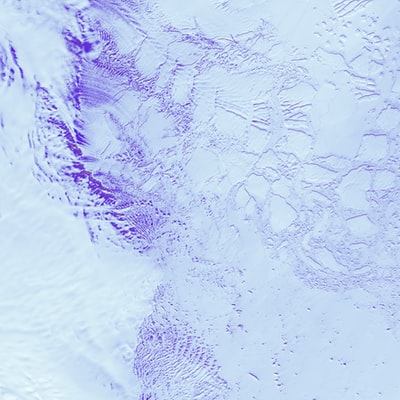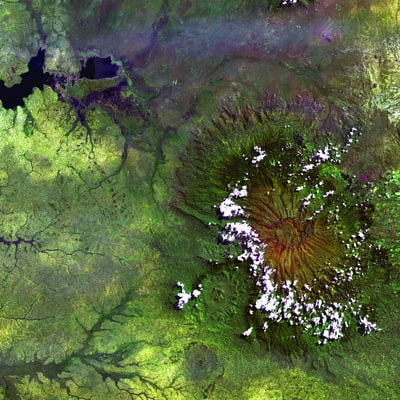Find out about ecosystems and the physical factors that affect them.
An ecosystem is an area of the earth where the animals, plants and minerals form a delicate balance which is generally self-sustainable but easily disturbed. A good example of a miniature eco-system would be a pond, which consists of animals (amphibians, birds); plants (lilies and reeds); and minerals (the physical pond itself).
Within this miniature eco-system, sunlight is the main source of energy. Plants convert sunlight into energy using photosynthesis. Fish, birds and insects eat the plants; the waste produced by the animals is a nutrient, and as leaves sink and rot they are also a source of food. A delicate balance is achieved which could easily be disturbed by the introduction of chemicals into the water or by a lack of sunlight, for instance.
The vegetation in different parts of the world adapts to the local climate and soils. Find out about three ecosystems: temperate deciduous forest, tropical rainforest and hot deserts.
The way in which an ecosystem develops is largely down to the local climate, terrain and makeup of the soil. The local vegetation adapts to the climate and soil and the local fauna adapts according to the vegetation. Ecosystems develop over millions of years and any disturbance can be catastrophic.
The large ecosystem which is most familiar to us here in the UK is probably the temperate deciduous forest, which is mostly composed of trees that lose their leaves in winter, such as the oak, beech and elm tree. Animals which live in deciduous forests include squirrels, foxes and bears. Temperate deciduous forests change from season to season.
As the name suggests, the tropical rainforest is found only in the tropics – the area between 28 degrees north and 28 degrees south of the equator (between Cancer and Capricorn). The climate in the tropics tends to be warm and wet all year round, with no clearly defined seasons. Tropical rainforests contain around half of all the living species on earth.
Hot deserts are very different to tropical rainforests. They tend to be extremely hot during the day and cold at night, and contain very little vegetation and so a much smaller diversity of species. In deserts there is usually very little soil or rainfall, and the plants which live there have adapted themselves to retain water and grow long roots in order to reach water.
With sustainable management, temperate deciduous woodlands can be used for timber and timber products, recreation and conservation.


